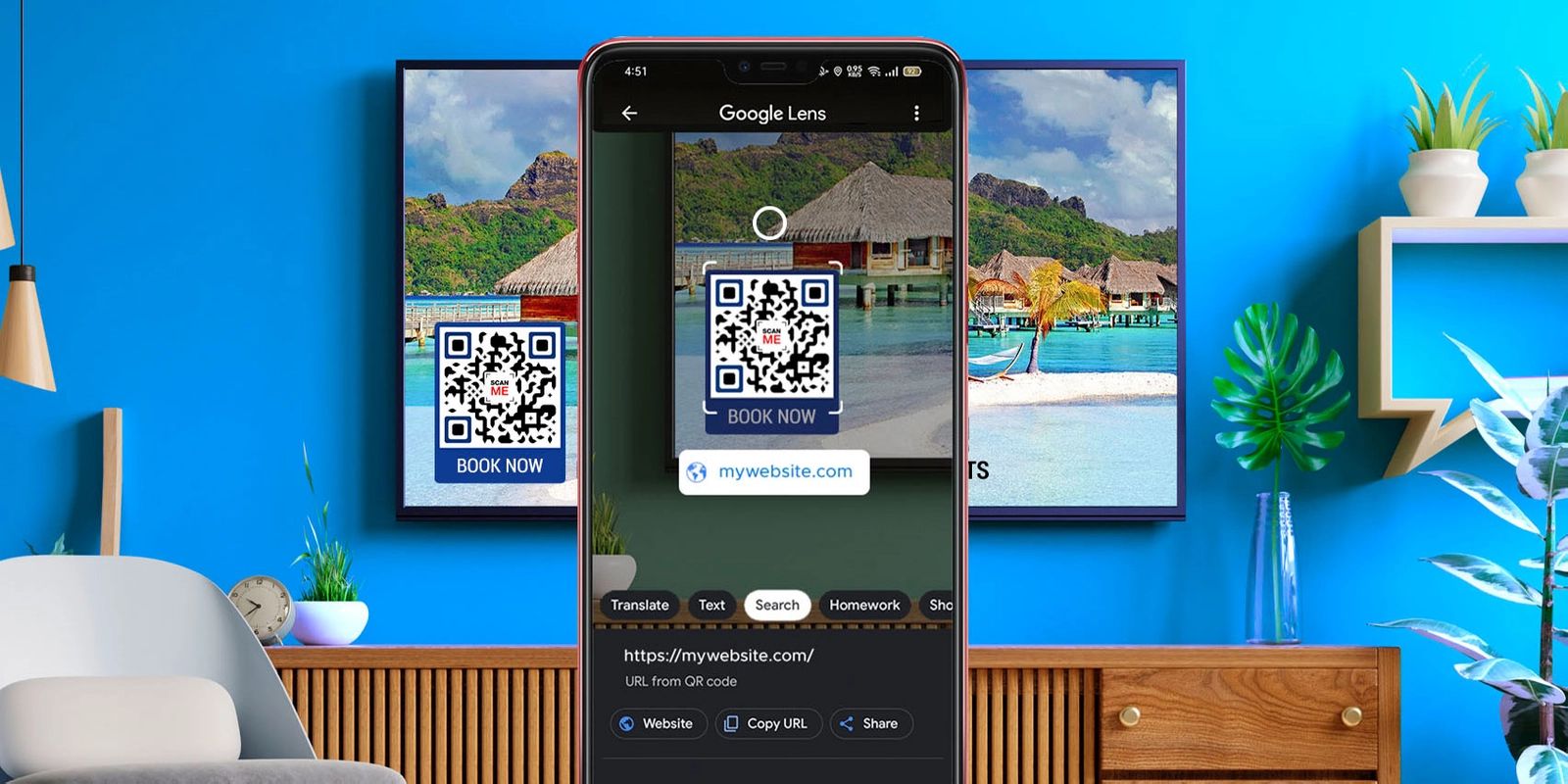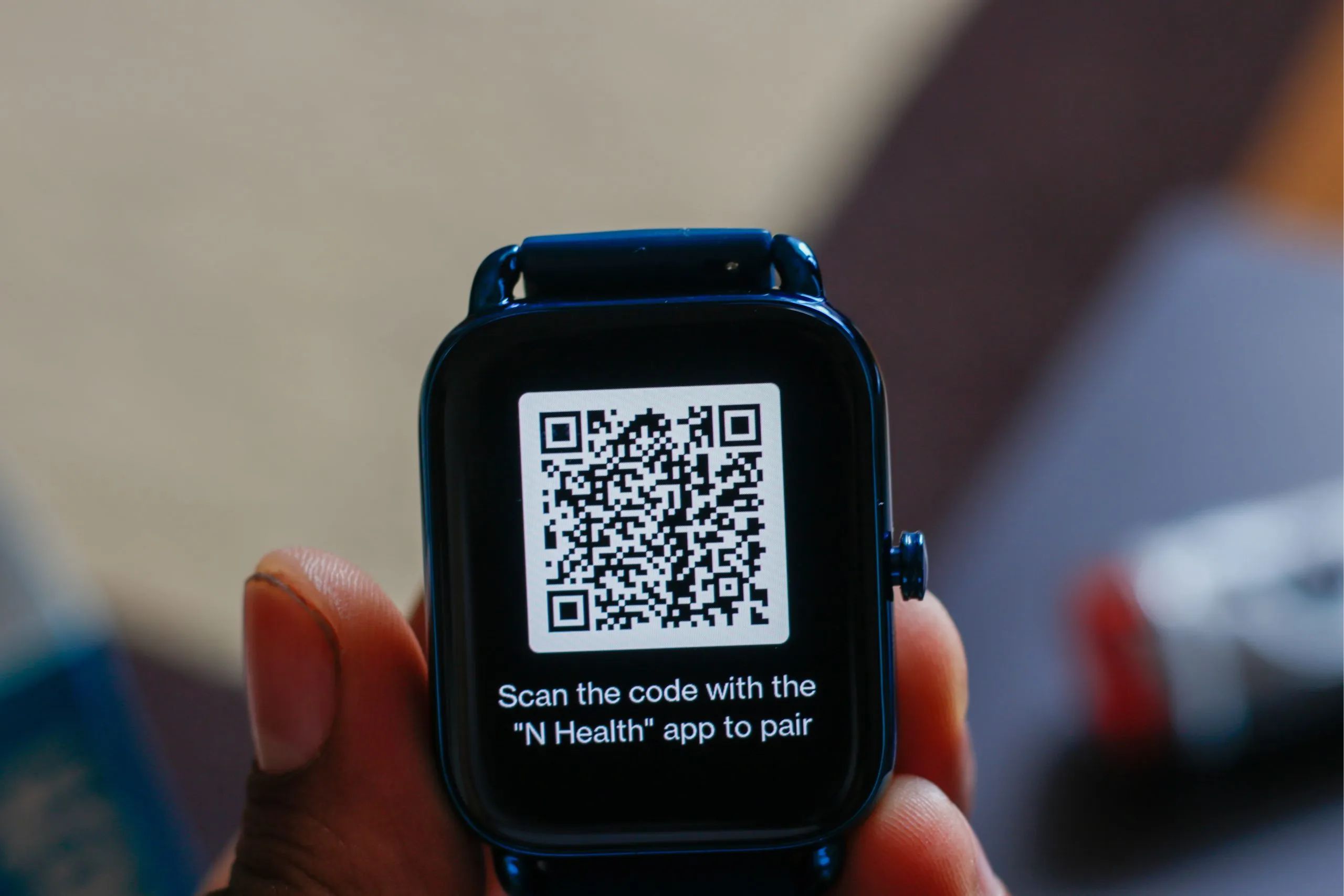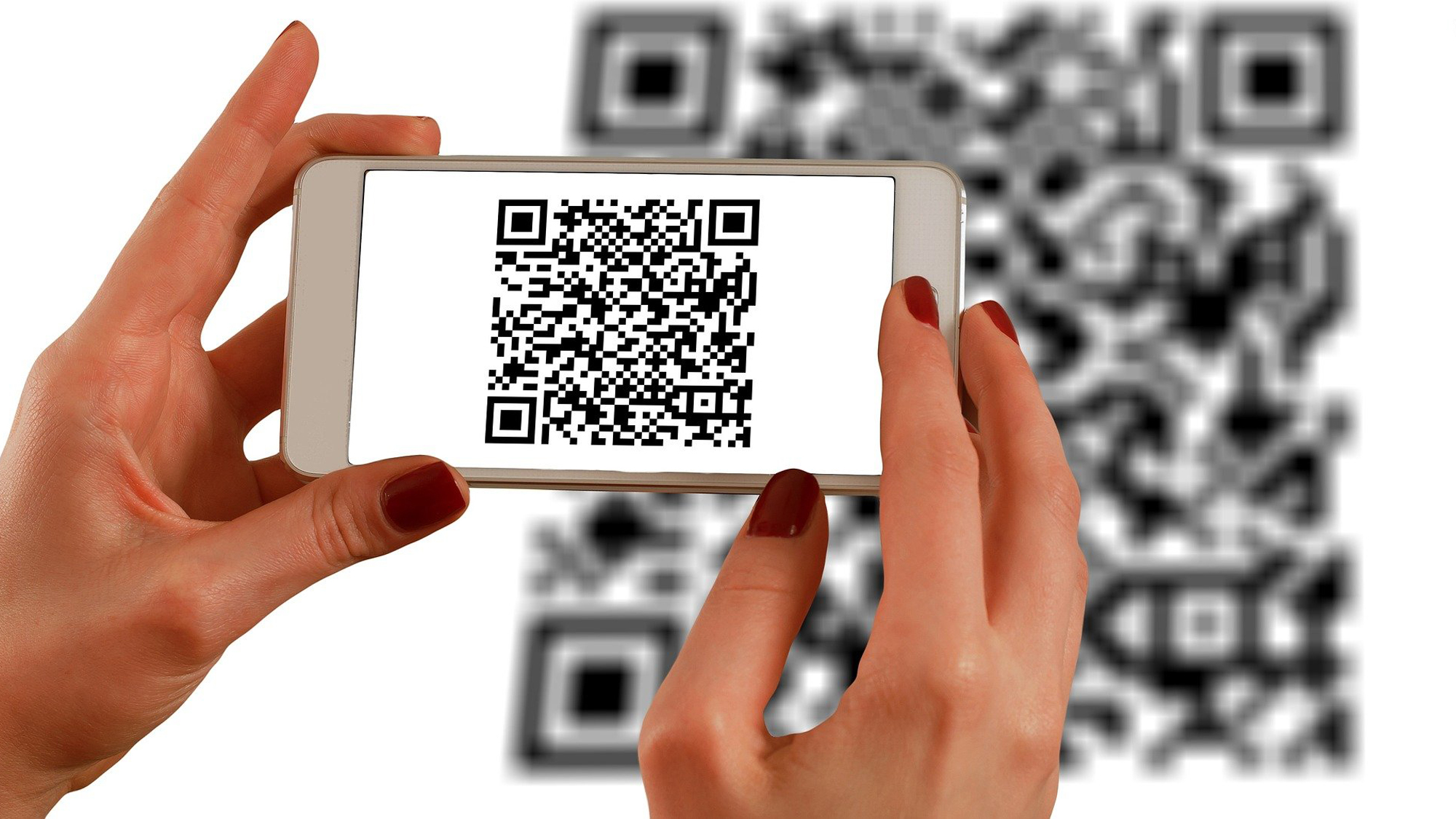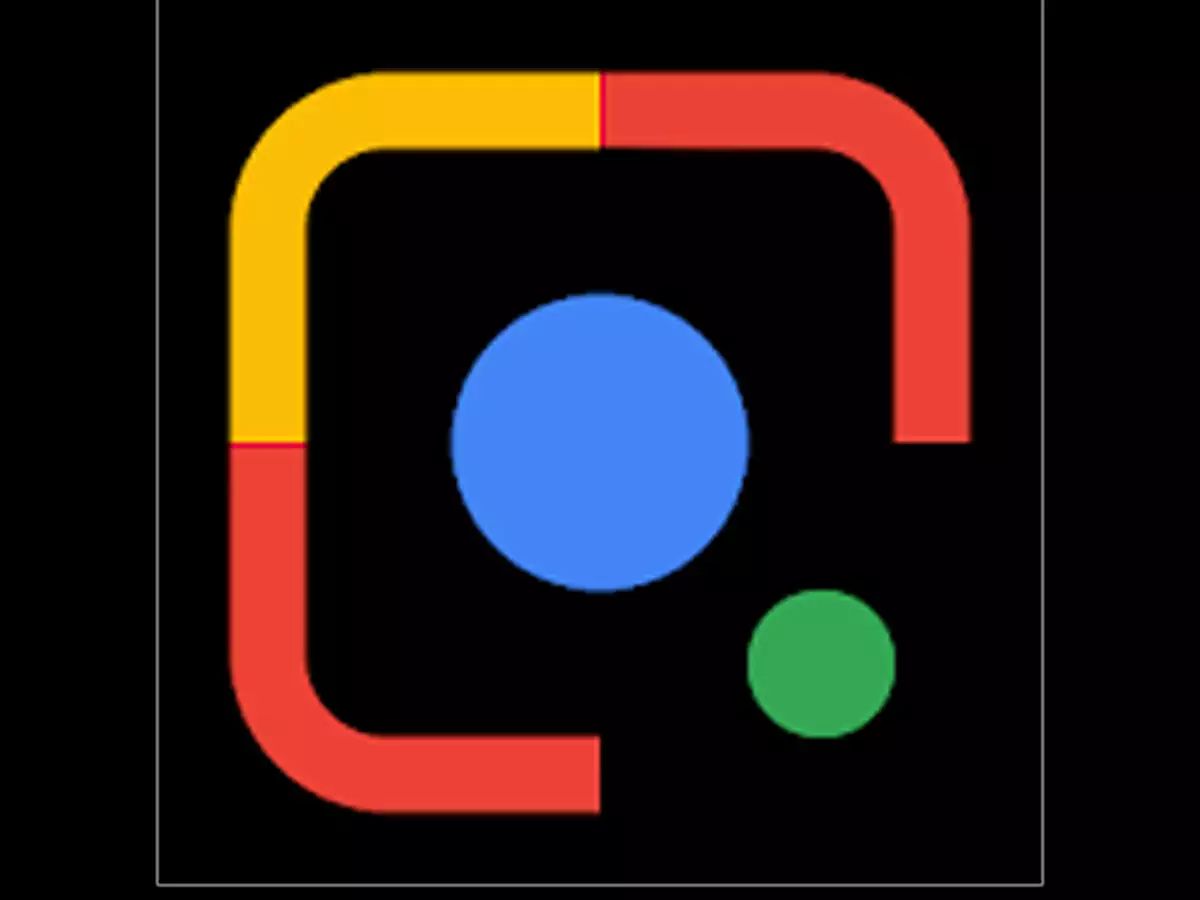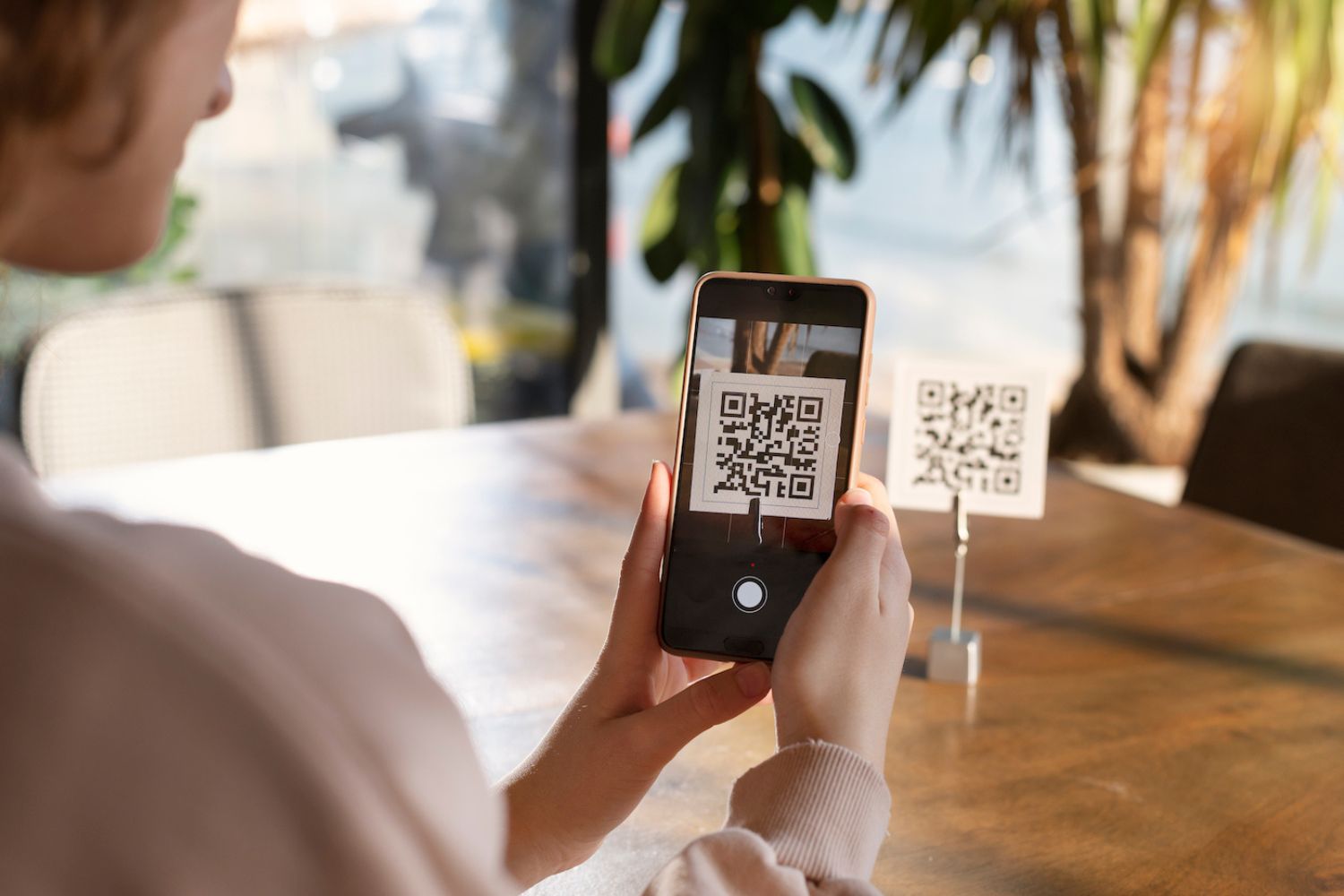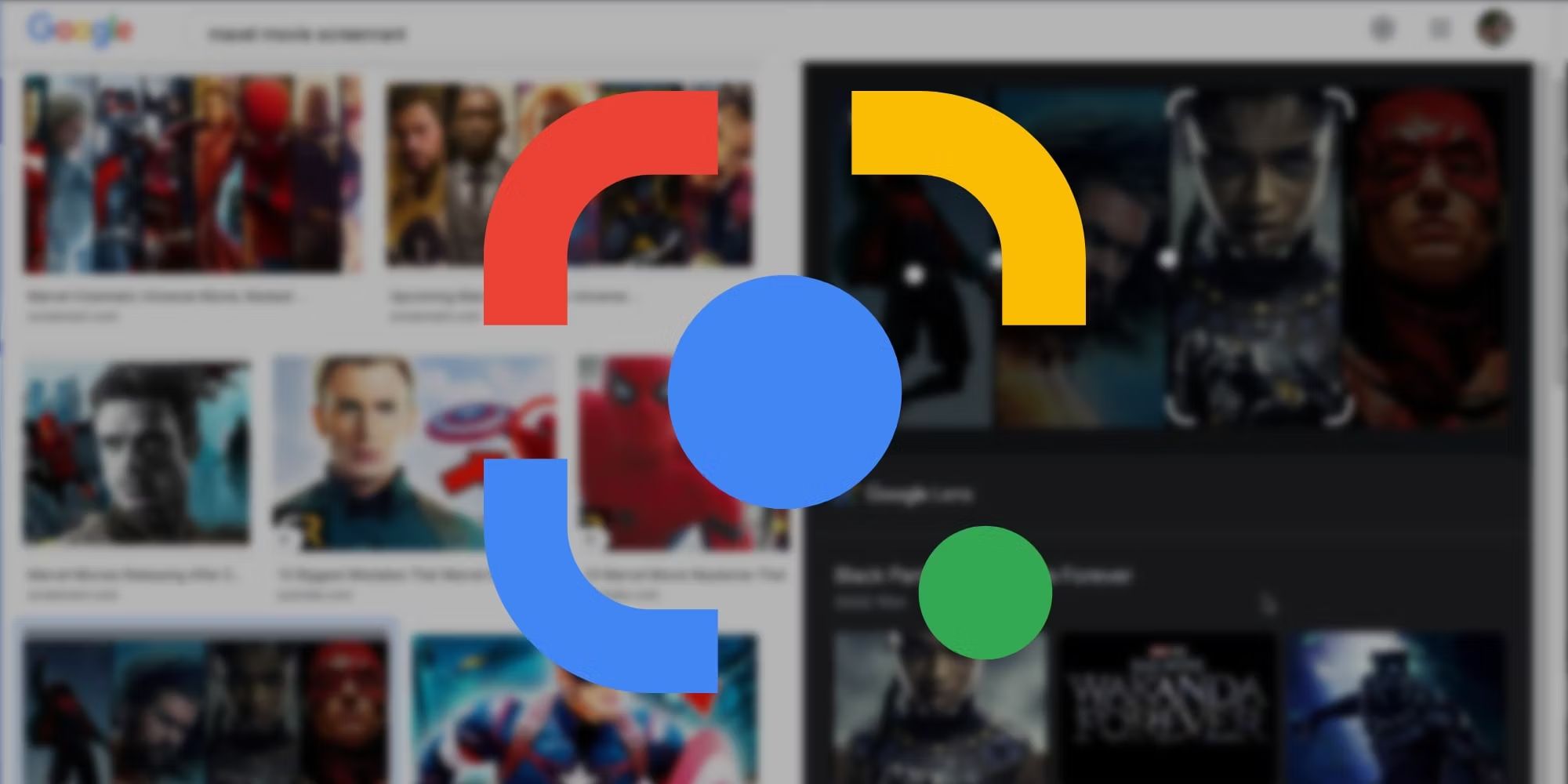Introduction
Welcome to this informative guide on how to scan a QR code with Google Lens. In our increasingly digital world, QR codes have become prevalent, appearing on packaging, advertisements, and even websites. These codes contain valuable information that can be accessed by simply scanning them with a compatible device.
But what exactly is a QR code? QR code, short for Quick Response code, is a two-dimensional barcode that stores data in a matrix of black and white squares. It was first developed in Japan in the mid-1990s and has gained popularity worldwide due to its ability to efficiently store various types of information such as URLs, contact details, product information, and more.
Now, let me introduce you to Google Lens – an innovative tool that can transform your smartphone or tablet into a powerful visual search engine. Google Lens uses image recognition technology and machine learning to identify objects, extract text, and perform other actions based on what it “sees” through your device’s camera.
With Google Lens, you can not only scan and interpret QR codes but also explore the world around you, translate languages, identify plants and animals, and even get style inspiration from images.
In this guide, we will walk you through the process of downloading and installing Google Lens on your device, as well as how to open it to scan QR codes. We will also provide troubleshooting tips for common issues that you may encounter when using Google Lens to scan QR codes. So, let’s get started on unlocking the power of Google Lens to effortlessly scan QR codes and access valuable information with a single tap of your finger!
What is a QR Code?
A QR code (Quick Response code) is a two-dimensional barcode that can store various types of information. Originally developed in Japan in the mid-1990s, QR codes have become widely popular worldwide due to their versatility and ease of use.
In appearance, a QR code consists of a square grid of black and white squares. These squares can be read by a QR code reader or scanner, allowing the encoded information to be easily accessed.
QR codes are capable of storing a wide range of data, including website URLs, contact information, text messages, product details, and more. This makes them incredibly versatile in their applications. For example, businesses can use QR codes on product packaging to provide quick access to additional information, while marketers can use QR codes in advertisements to engage consumers and drive traffic to their websites.
One of the key advantages of QR codes is their ability to store a significant amount of data in a compact format. This is achieved by using a combination of alphanumeric characters, symbols, and error correction techniques. QR codes can hold up to several hundred times more information than traditional barcodes.
To read a QR code, you need a compatible scanning device, such as a smartphone or tablet. There are numerous QR code scanning apps available for download on various platforms, making it easy for users to access the encoded information.
Using a QR code scanner, you can simply point the device’s camera at the QR code and the scanner will quickly interpret the code and display the information contained within. This enables users to easily access websites, add contact details to their address book, retrieve product information, and more, with just a few taps on their device.
QR codes have become an integral part of our digital landscape, appearing in a wide range of contexts. Their convenience and versatility make them an efficient tool for exchanging information quickly and easily. So, the next time you come across a QR code, you’ll have a better understanding of how it works and how it can enhance your digital experience.
What is Google Lens?
Google Lens is a powerful visual search tool developed by Google. It utilizes the camera on your smartphone or tablet to recognize and interpret the world around you. With Google Lens, you can gain information about objects, extract text, translate languages, identify plants and animals, and much more.
Using image recognition technology and machine learning algorithms, Google Lens is able to analyze the visual data captured by your device’s camera and provide relevant information and actions based on the identified objects or text.
Google Lens can be accessed through the Google app or as a standalone app, depending on the device and operating system. It is available on both Android and iOS platforms, making it accessible to a wide range of users.
One of the key features of Google Lens is its ability to scan QR codes. By simply pointing your device’s camera at a QR code, Google Lens can quickly read and interpret the code, allowing you to access the encoded information in an instant.
But Google Lens offers much more than just scanning QR codes. It can also be used for a variety of other purposes. For example, if you come across a landmark or a famous artwork, you can use Google Lens to learn more about it. You can also use it to extract text from images, such as business cards or menus, and save it for future reference.
Furthermore, Google Lens can provide translations of foreign languages by simply pointing your camera at the text. This can be particularly useful when traveling or when encountering unfamiliar text in your daily life.
Google Lens is continually evolving and expanding its capabilities through updates and improvements. With each update, it becomes smarter and more useful, allowing users to explore and interact with the world around them in new and innovative ways.
In summary, Google Lens is a versatile and powerful tool that harnesses the capabilities of your smartphone’s camera to provide information, perform tasks, and enhance your overall digital experience.
How to Download and Install Google Lens on Your Device
To start using Google Lens, you’ll need to download and install the app on your device. The process may vary slightly depending on whether you have an Android or iOS device, but the overall steps are similar.
For Android:
- Open the Google Play Store app on your Android device.
- Search for “Google Lens” in the search bar.
- Click on the official Google Lens app in the search results.
- Tap the “Install” button to initiate the download and installation process.
- Wait for the app to be downloaded and installed on your device.
For iOS:
- Open the App Store app on your iOS device.
- Search for “Google Lens” in the search bar.
- Tap on the official Google Lens app in the search results.
- Tap the “Get” or “Download” button to start the download and installation process.
- Follow the on-screen instructions to complete the installation.
Once the app is downloaded and installed, you can proceed to the next step of opening Google Lens on your device.
Note that Google Lens may come pre-installed on some Android devices, particularly those running the latest version of Android or devices in the Google Pixel lineup. In such cases, you won’t need to download the app separately.
It’s worth mentioning that Google Lens is also integrated into the Google app on many Android devices. So, if you already have the Google app installed, you may be able to access Google Lens directly from there without the need for a separate app.
Now that you have successfully installed Google Lens on your device, let’s move on to the next section to learn how to open and use Google Lens to scan QR codes.
How to Open Google Lens on Your Device
After downloading and installing Google Lens on your device, you’re ready to start using this powerful visual search tool. The process of opening Google Lens may differ slightly depending on whether you have an Android or iOS device, but the overall steps are similar.
For Android:
- Locate the app drawer on your Android device.
- Scroll through the list of installed apps and find the Google Lens icon.
- Tap on the Google Lens icon to open the app.
For iOS:
- Look for the Google Lens app icon on your iOS device’s home screen.
- Tap on the Google Lens app icon to launch the app.
If you are using the Google app on your Android device, you can access Google Lens directly from there. Simply open the Google app and look for the Google Lens icon, usually located in the search bar or nearby. Tap on the icon to launch Google Lens.
Once you have opened Google Lens, make sure to grant the necessary permissions to access your device’s camera. This is crucial for the app to function properly and enable you to scan QR codes.
Now that you have successfully opened Google Lens on your device, let’s proceed to the next section where we will delve into the process of scanning a QR code using Google Lens.
How to Scan a QR Code with Google Lens
Scanning a QR code with Google Lens is a straightforward process that allows you to quickly access the information encoded within the code. Here’s how you can scan a QR code using Google Lens:
- Open Google Lens on your device following the steps mentioned in the previous section.
- Ensure that your device’s camera is ready and focused.
- Point the camera at the QR code you wish to scan. Make sure the QR code is within the viewfinder of your device’s camera.
- Google Lens will automatically detect the QR code and overlay an icon or prompt on the screen indicating that it recognizes the code.
- Tap on the screen or the prompt to initiate the scanning process.
- Google Lens will analyze the QR code and provide you with the information contained within it. This could be a website URL, contact information, product details, or other relevant data.
- You can choose to interact with the information presented by Google Lens, such as opening a website or adding contact details to your address book.
- If you encounter any issues or need additional options, you can tap on the relevant buttons or icons within the Google Lens interface to explore more actions and features.
Scanning QR codes with Google Lens is not only convenient and efficient but also provides a seamless way to access valuable information without the need for manually typing or searching.
Remember that the accuracy and success of QR code scanning is influenced by factors such as lighting conditions, the quality of the QR code itself, and the stability of your device’s camera. Ensure you have a clear view of the QR code and try adjusting your device’s position or the lighting if needed.
Now that you know how to scan a QR code with Google Lens, you can easily and effortlessly unlock the information hidden within these codes.
Troubleshooting Common Issues when Scanning QR Codes with Google Lens
While scanning QR codes with Google Lens is typically a seamless experience, you may encounter some occasional issues or challenges. Here are some common problems and troubleshooting steps to address them:
1. Poor lighting conditions: If you’re having trouble scanning a QR code, ensure that you’re in a well-lit environment. Insufficient lighting can hinder the camera from capturing the QR code clearly. Adjusting the position of your device or finding better lighting can improve scanning accuracy.
2. Blurry or damaged QR codes: If the QR code you’re trying to scan is blurry or damaged, it may be difficult for Google Lens to interpret the code accurately. Try positioning your device closer to the QR code or find a higher-resolution version of the code if possible.
3. Unstable camera or shaky hand: The stability of your device’s camera is crucial for a successful QR code scan. Make sure you have a steady hand or consider using a tripod or stabilizing device to minimize camera movement. This will help to avoid blurriness and improve scan accuracy.
4. Insufficient distance from the QR code: Ensure that your device is positioned at an appropriate distance from the QR code. Being too close or too far from the code can interfere with Google Lens’s ability to recognize and capture the code properly.
5. Network connectivity issues: If the QR code contains a web link or requires an internet connection to access information, make sure you have a stable network connection. In some cases, temporary connectivity issues can prevent Google Lens from loading the content or displaying the information.
6. Outdated or incompatible Google Lens version: If you’re experiencing persistent issues with QR code scanning, it’s worth checking if your Google Lens app is up to date. Visit the respective app store for your device and ensure that you have the latest version of the app installed. Updating the app can address any bug fixes or compatibility issues.
Remember, different devices, operating systems, and camera capabilities can affect the performance of Google Lens. If none of the troubleshooting steps resolved the issue, consider consulting the device’s manufacturer or contacting Google support for further assistance.
By understanding these common issues and following the troubleshooting steps, you can overcome any difficulties you may encounter when scanning QR codes with Google Lens and make the most out of this valuable tool.
Conclusion
Congratulations! You have now learned how to scan QR codes with Google Lens, an incredible visual search tool that can turn your device’s camera into a powerful information-gathering tool. QR codes have become ubiquitous in our digital world, and with Google Lens, accessing the information encoded within them has never been easier.
In this guide, we explored the basics of QR codes, understanding their purpose and how they store different types of data. We also delved into what Google Lens is and how it uses image recognition technology to interpret the world around you.
We then walked through the process of downloading and installing Google Lens on your device, ensuring that you have access to this versatile tool. We also explained how to open Google Lens directly or through the Google app on your device.
Once you had Google Lens up and running, we provided you with step-by-step instructions on how to scan a QR code using this powerful app. From pointing your device’s camera at the QR code to tapping the screen to initiate the scanning process, Google Lens makes it easy to decipher QR codes and access the information they contain.
Lastly, we addressed some common troubleshooting issues that you may encounter when scanning QR codes with Google Lens. By following the recommended troubleshooting steps, you can overcome potential obstacles and ensure a smooth and successful scanning experience.
Now that you are equipped with the knowledge and know-how of using Google Lens to scan QR codes, you can confidently explore the digital landscape and uncover the hidden treasures within those black and white patterns.
So, go ahead, start scanning those QR codes with Google Lens, and unlock a world of information, convenience, and interconnectedness at your fingertips!







